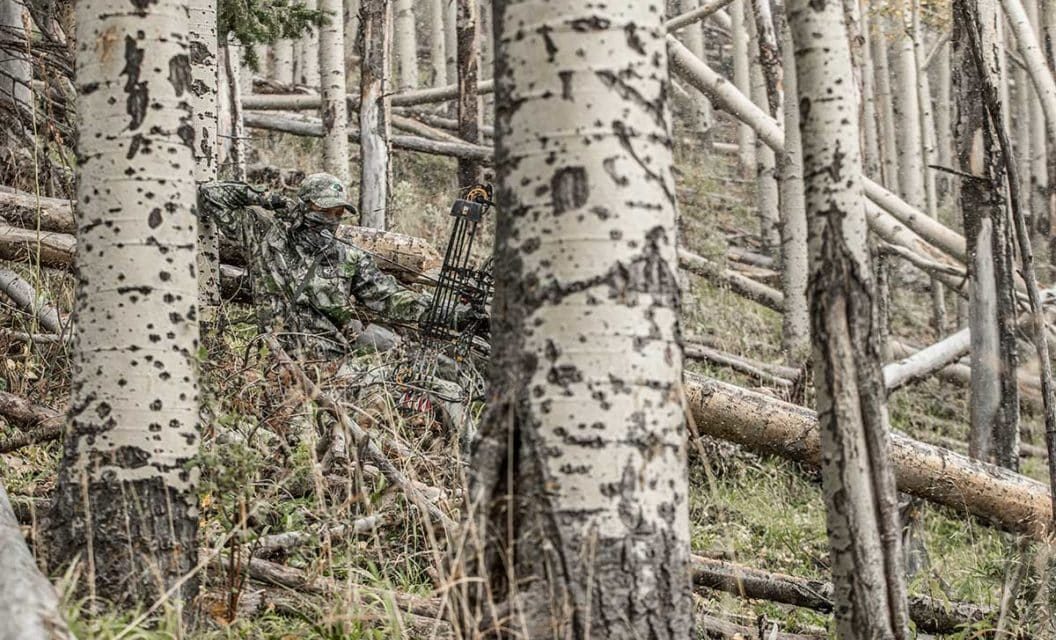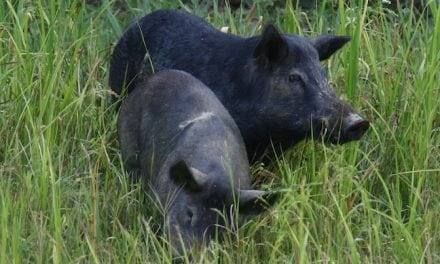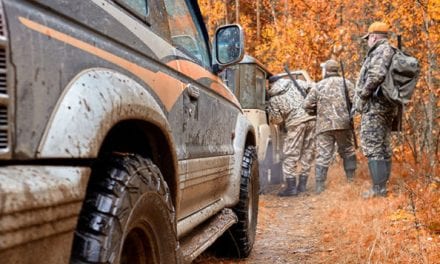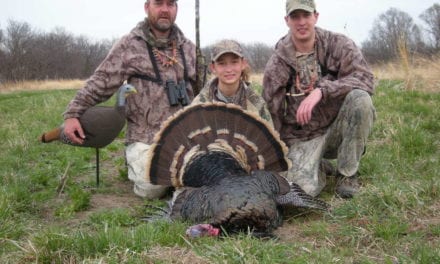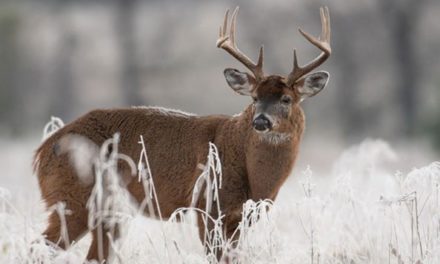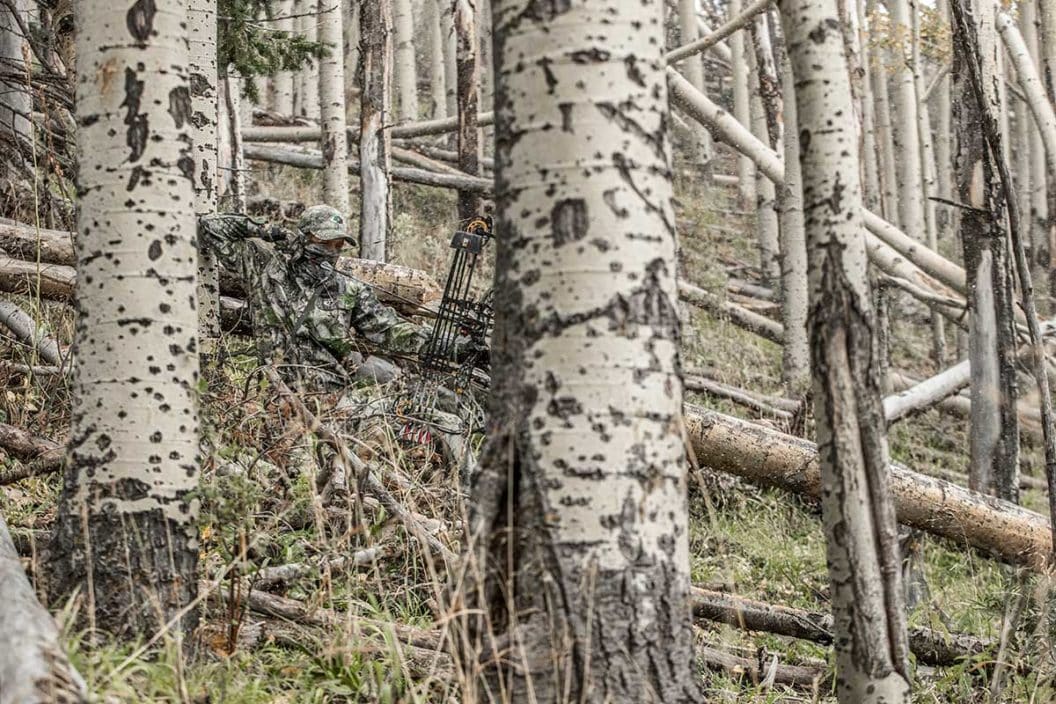
If you were to ask anyone out west what their preferred style of hunting is, nine out of 10 times they are going to respond with spot and stalk. However, you don’t see this method used very often in the eastern half of the United States. More often than not, you’ll see eastern hunters pursuing whitetails from a position 20 feet up, attached to a tree. This method has been around for the better part of a century, and history tells us it was started by Japanese snipers in World War II, as they would create platforms in treetops made out of bamboo. Fast forward eight decades and it is without a doubt the most common style of deer hunting in the United States. Some would say there is an “If it isn’t broke, don’t fix it” philosophy to treestand hunting, and that’s all well and good. But it begs the question, can you hunt just as effectively without the treestand in the same situation?
While spot and stalk might not be the preferred method of hunting deer, one of my best friends pursues whitetail solely by spot and stalk and has been extremely successful in doing so. So I asked him about how he manages to wrap his tag around a trophy buck so frequently with such an untraditional method for whitetails. Here are his tips summed up.
Watch the Wind and Thermals
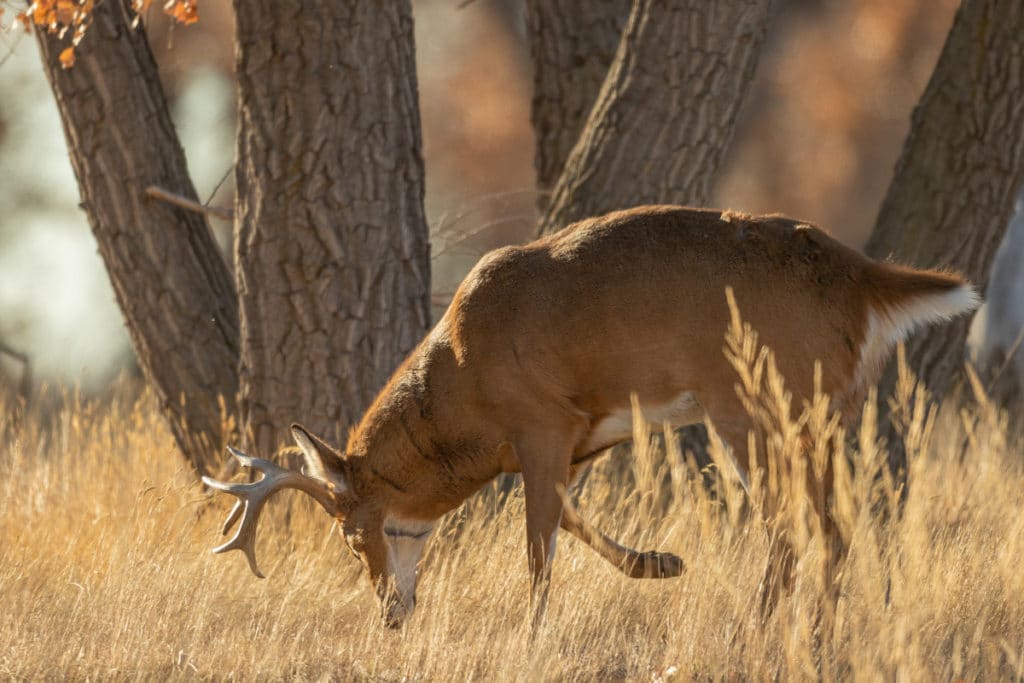
If you thought monitoring your wind and thermals was important 20 feet up in a treestand, just imagine how much more important it is when you’re at eye level with the animal you are stalking. Buddy buddy said if you can help it, it’s ideal to keep the wind in your face at all times. Traveling with the wind at your back is the quickest way to blow out every animal in your path, ruining your chances of even spotting a deer. Keep track of your thermals throughout the day as they fluctuate, and take advantage of a creek or small stream to carry your scent down as you get closer to your target.
Listen and Move Slowly
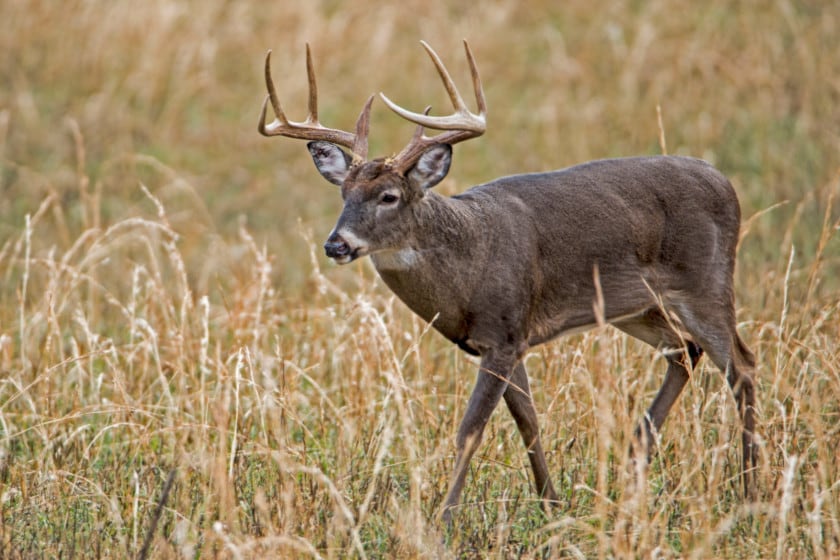
Getty Images: Betty4240
When my friend told me this tip, I have to admit, it threw me off for a second. He told me that listening is crucial to his success, and that if you stop every few minutes, you can hear activity that is going on in the woods. That lets you make better judgment calls on how you should move forward. Often as hunters locate their target buck, they fail to listen to other activity around them, such as a paranoid doe that at any minute could blow and alert every deer in the area of your presence. Monitor your surroundings at all times, even as you’re closing in on a trophy buck.
One of the biggest reasons a whitetail hunter will fail and inevitably abandon spot and stalk is because they spook too many deer by moving too quickly through the woods. Unlike western hunting, you won’t have large mountains hiding your movements, so patience is key.
Check Your Gear
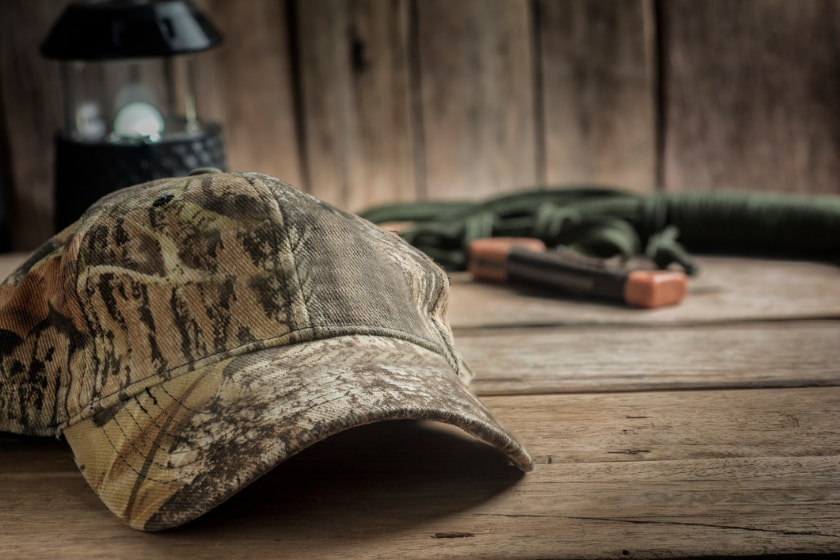
Hauling around gear as you stalk through thick timber and heavy brush can be exhausting and will lead to sweating, which causes odors that deer will pick up on. Unnecessary items in your pack and on your body will also create noise that can potentially alert nearby whitetails. Having an organized pack with only the absolute essentials is the best practice for spot and stalking whitetails. Before every hunt you should do a walkthrough of everything in your pack, and get rid of anything unnecessary that takes up room, adds weight, or creates excess noise.
For a spot and stalk whitetail hunt, the only thing I carry around with me is my bow, rangefinder, binoculars, field knife, windicator, grunt call, and an extra top layer when necessary. This keeps my pack clean and allows me to cover several miles on foot without worrying about getting too worn out from unnecessary weight.
Don’t Forget About Glassing
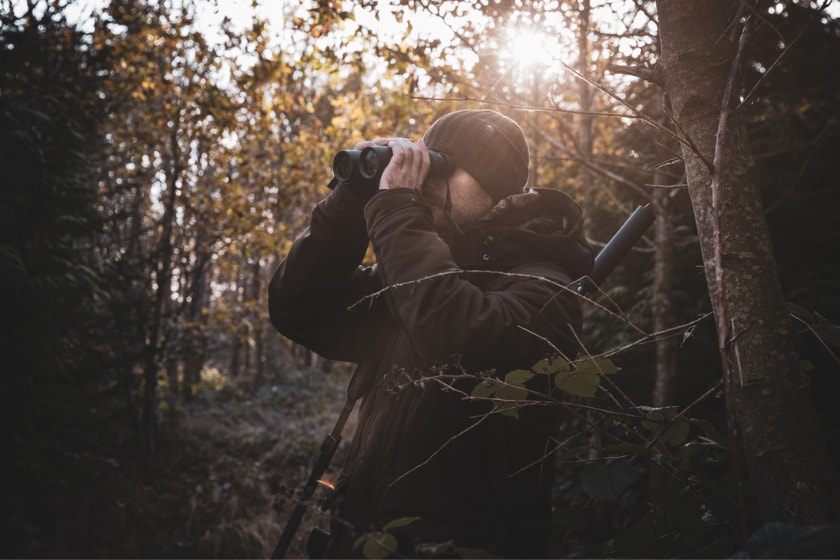
Just because you’re not on top of a mountain doesn’t mean you shouldn’t bring out the binoculars to glass ridges. There have been many times that I will quickly scan an area with the naked eye, conclude that there are no deer, and as I move forward I end up bumping several individuals that I likely would have seen had I taken the time to check the area with my binos.
Conceal Your Drawback
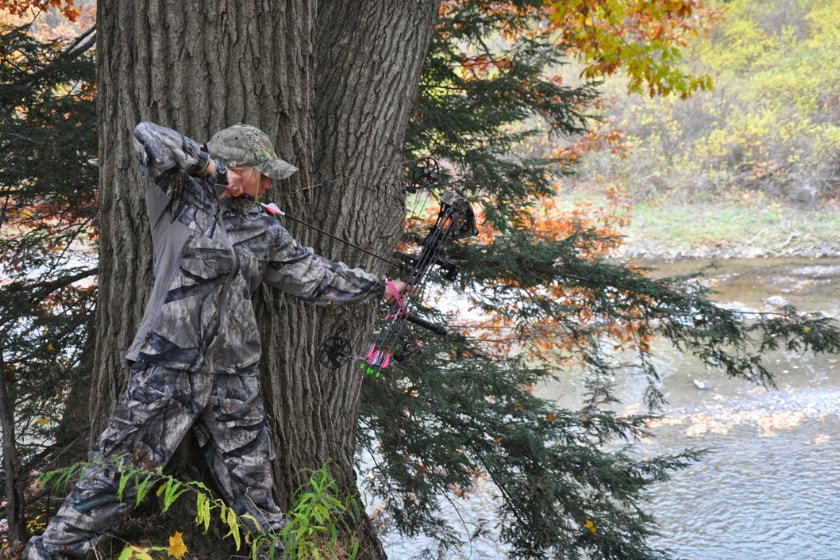
A lot of hunters will spot a mature buck, stalk him perfectly, and then blow it at the last minute because they got busted when drawing back. When you are in the right position to make a shot, assess the deer’s behavior and conceal your drawback. One of the most common ways hunters get busted is from sky-drawing. Instead, I like to draw my bow from a low position, and rise up on to my target. This might not work for everyone, and depending on how comfortable you are with your draw weight, it might prove challenging. It’s worth it to practice this technique, as it’s helped me tremendously. .
Maybe you’re tired of sitting in a treestand for five hours, waiting for your target buck to show up. Maybe you’re planning a western elk hunt in the coming years and want to practice your stalking abilities. Or maybe you just want the excitement of switching up your style. Regardless of the reason, it is still very possible to spot and stalk a mature whitetail and be successful. Use these tips on your next hunt and you’ll have a great experience using a western style of hunting on America’s most popular big game animal.
READ MORE: Hunters Spot and Stalk 250-Inch Mule Deer in Utah
The post Yes, You Can Spot and Stalk Whitetail Deer: 5 Tips for Making it Happen appeared first on Wide Open Spaces.

